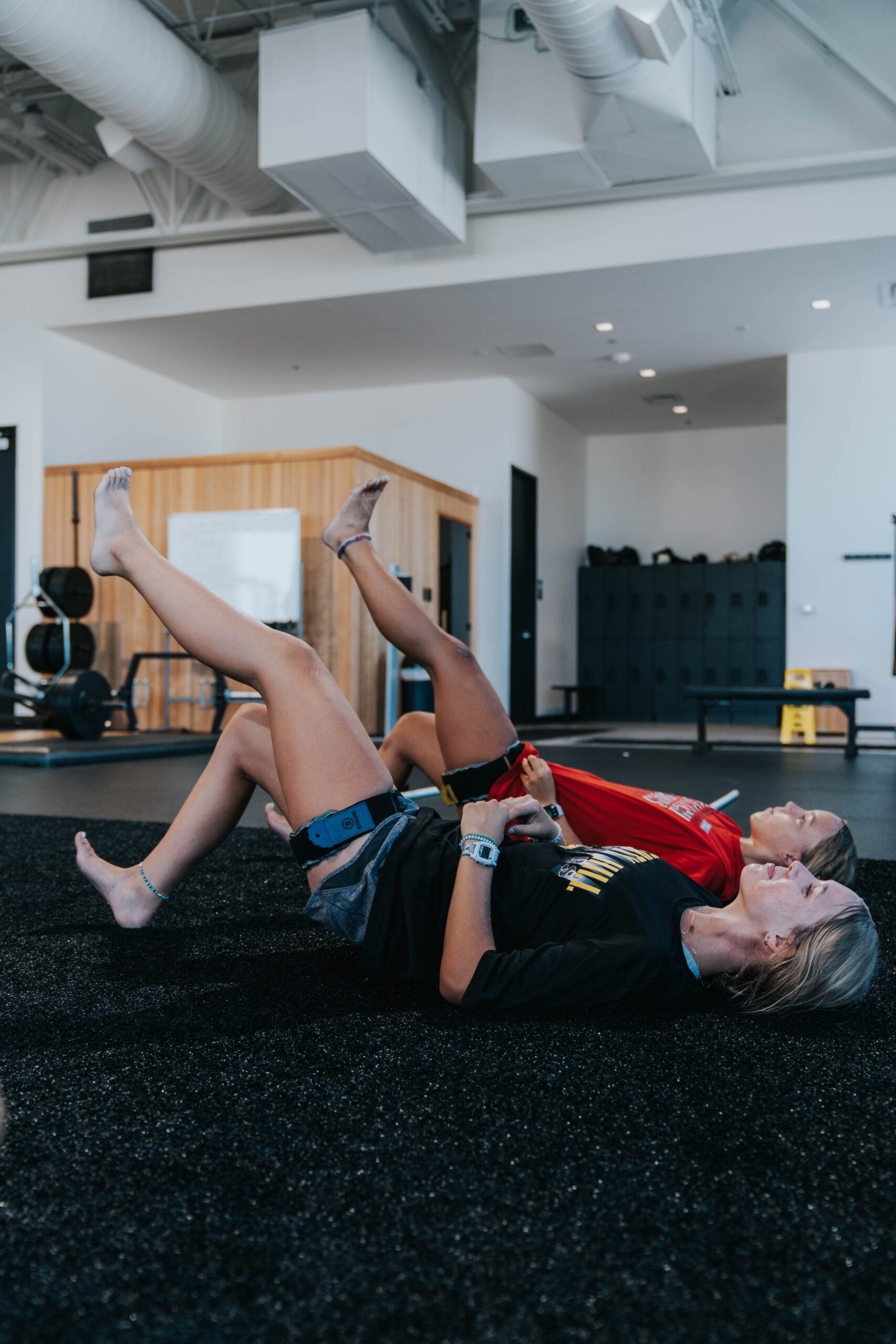If you’re into fitness, you might be aware of the trends and mainstays of the workout world. Yoga has been around for thousands of years and is beneficial for both flexibility and strength. HIIT (high intensity interval training) is a great way to get a cardiovascular workout and burn calories. Cross fit is a more intense form of HIIT that combines weightlifting and gymnastic movements into the routine. Today, BFR or blood flow restriction training should be on your radar. Despite its name, blood flow restriction training actually helps to promote blood flow to different parts of the body following exercise by decreasing blood flow to working muscles during exercise. Read on to learn the answers to 9 FAQs about BFR training.
- How does BFR work? You know the cuff that you wear at the doctor’s office when you get your blood pressure taken? Cuffs like that are often used in BFR training to isolate the flow of blood around a specific muscle group. For BFR, special bands or cuffs are placed on part of the upper or lower extremities during exercises. During exercise, BFR works when arterial inflow is disrupted, and venous outflow is obstructed. This can be a good thing! When combined with low intensity exercise, BFR training can help produce great gains in fitness and strength. Through a drop in pH and oxygen, BFR training disturbs homeostasis in the body’s muscles. This shift of blood flow during exercise can help the body to develop muscles in a way similar to heavy weight activity does.
- Who should do BFR training? BFR training can be beneficial for people at all different levels of fitness. If you’re working out and trying to gain muscle, BFR can be super effective. If you’re just getting back to working out after injury or surgery, BFR can help with the healing and recuperation process. Patients who have had ACL or MCL surgery, joint replacements, or Achilles or rotator cuff repairs can benefit as well. From athletes to bodybuilders to those looking to improve their health, BFR can help many people.
- What are some of the benefits of BFR? There are plenty of benefits to BFR training. They include: more muscle growth, increased strength, improved athletic performance, and reduced risk of injury. BFR supports better strength and size in a gentler manner than heavy lifting. Training with BFR can help athletes to have faster gains with lighter weights and more efficient workouts. Enhanced endurance and easier recovery times are added benefits too.
- Is BFR training considered safe? BFR training needs to be properly conducted, with adequate, experienced supervision and the right kind of equipment. Be sure to consult with a medical doctor before beginning a BFR program if you have any concerns. While BFR training is tolerated well by most individuals, there are some risks. Some of these risks include medical complications for those with diabetes or heart disease, or thrombosis. Other issues might include fainting or dizziness, bruising, or muscle soreness. The team at ROI makes safety a priority; ROI is the primary BStrong certified BFR facility in Texas.
- Do you need to warm up for a BFR session? A typical BFR training session set is similar to the intensity of a warm up. To warm up, you might be advised to do a few minutes of walking or light cycling exercise before. A trainer can help recommend specific warm up or cool down exercises in conjunction with BFR training.
- Who can’t do BFR training? It’s important that you are cleared to do BFR because of the nature of this type of training. Certain health conditions may prevent you from doing BFR. These include uncontrolled hypertension, active cancer, pregnancy, or a history of deep vein thrombosis. Any personal health concerns should be taken into consideration before starting a workout or physical therapy program.
- How long are BFR workouts? A typical BFR workout will last about 20 minutes. The first 5 minutes are spent on warm up, while the last 5 minutes are spent on cool down. The actual BFR training portion of the workout tends to take about 10 minutes.
- How much weight should I use for BFR training? The amount of weight used in BFR training is dependent on your individual strength level. It is possible to gradually increase the weight as you gain strength. Traditionally, a range from 10-30% of your training max is used to prescribe the weights used during exercise. When in doubt, simply perform the exercise with no weight and progress from there!
- Who can coach BFR training? Work with an expert! ROI offers BFR training in a group setting or in one-on-one sessions. The strength and conditioning specialists and physical therapists at ROI design individual programs that are based on scientific principles, influenced by innovation. ROI uses state-of-the-art equipment and techniques.
Are you ready to make blood flow restriction training part of your regular workout routine or part of your rehabilitation journey? Call Team ROI today at 512-962-9141, or visit our website to learn more.

